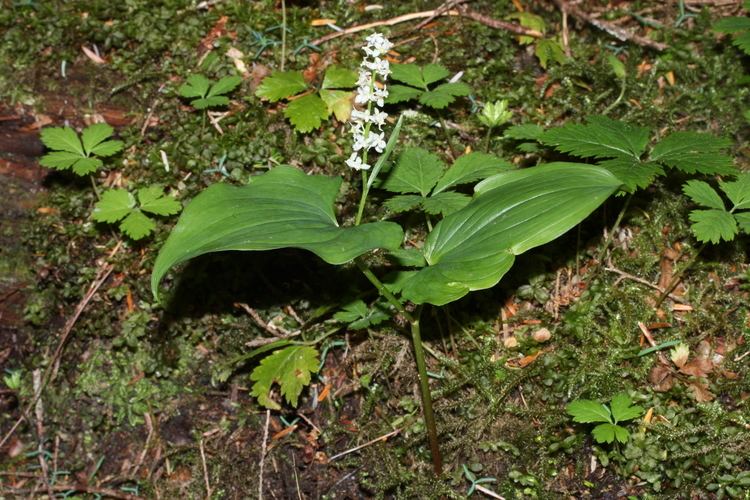Clade Monocots Rank Species | Clade Angiosperms Higher classification Maianthemum | |
 | ||
Similar Maianthemum, Maianthemum japonicum, Maianthemum bifolium, Fringed galax, Maianthemum racemosum | ||
Maianthemum dilatatum (snakeberry, two-leaved Solomon's seal or false lily of the valley) is a common rhizomatous perennial flowering plant that is native to western North America from northern California to the Aleutian islands, and Asia across the Kamchatka Peninsula, Japan, and Korea. It grows in coastal temperate rainforests, and is often the dominant groundcover plant in Sitka Spruce forests.
Contents
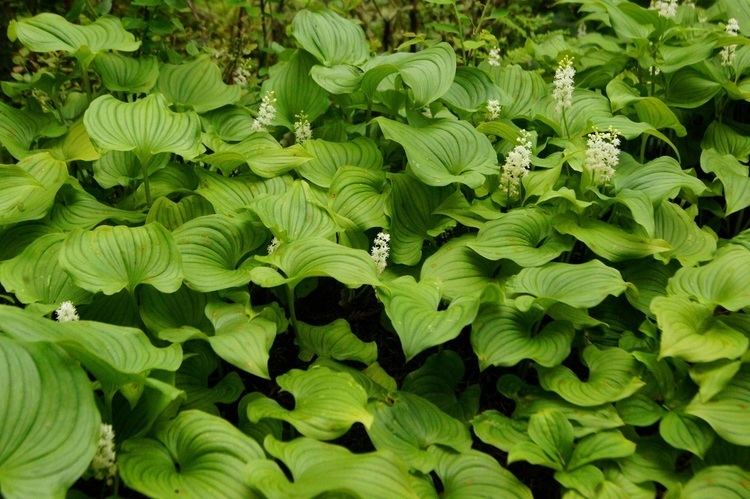
Description
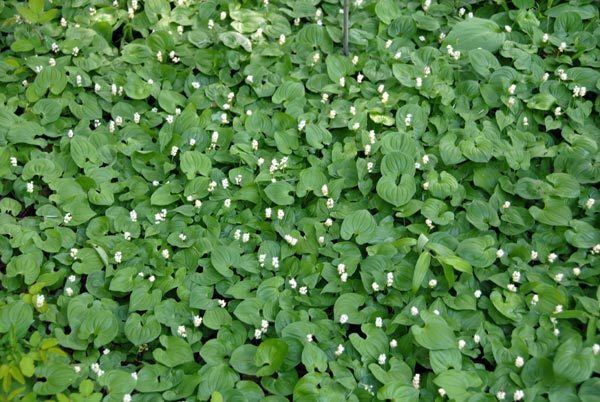
The plant produces an erect, unbranched stem up to about 40 centimeters tall. A non-flowering shoot bears one smooth, waxy, shiny leaf up to 10 centimeters long and 5 to 8 broad, hence its scientific name (dilatatum means 'broad'). On plants that are flowering, 2 or 3 leaves are produced oppositely on the stems. The leaf is oval in shape with a heart-shaped base.

The inflorescence is an erect raceme with star-shaped white flowers. They each have four tepals and four stamens. After fertilization the fruit produced is a berry 6 millimeters in diameter. The berry is speckled red when immature and solid red when ripe. Each has 1 to 4 seeds.
Uses
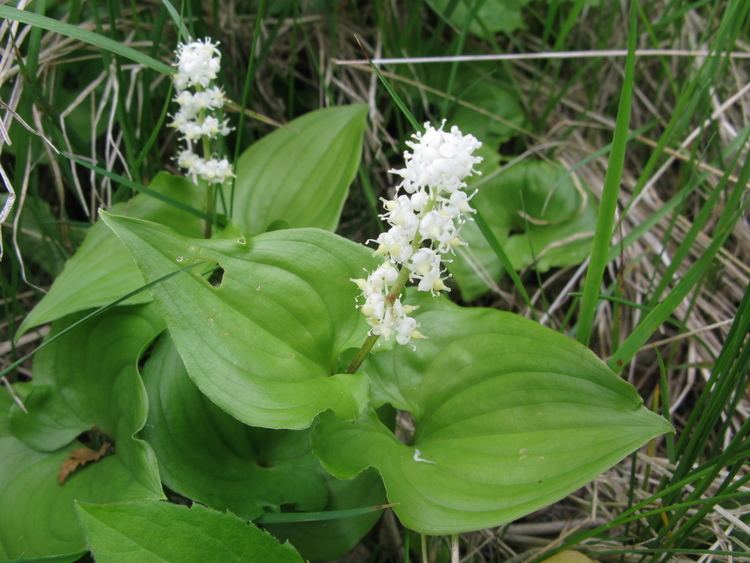
The plant has many ethnobotanical uses. The roots and leaves were used medicinally, and the berries were occasionally used for food.
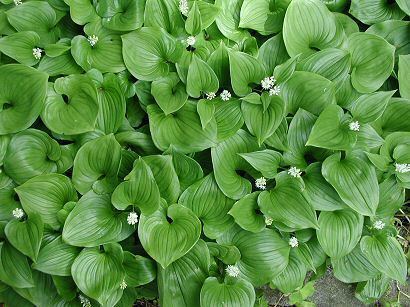
Being tolerant of deep shade, drought, and extensive watering, the plant is becoming more popular as a shade groundcover in gardening. Care should be taken when using it in gardens as it can quickly escape confines with its creeping rhizomes and may crowd out other plants.
